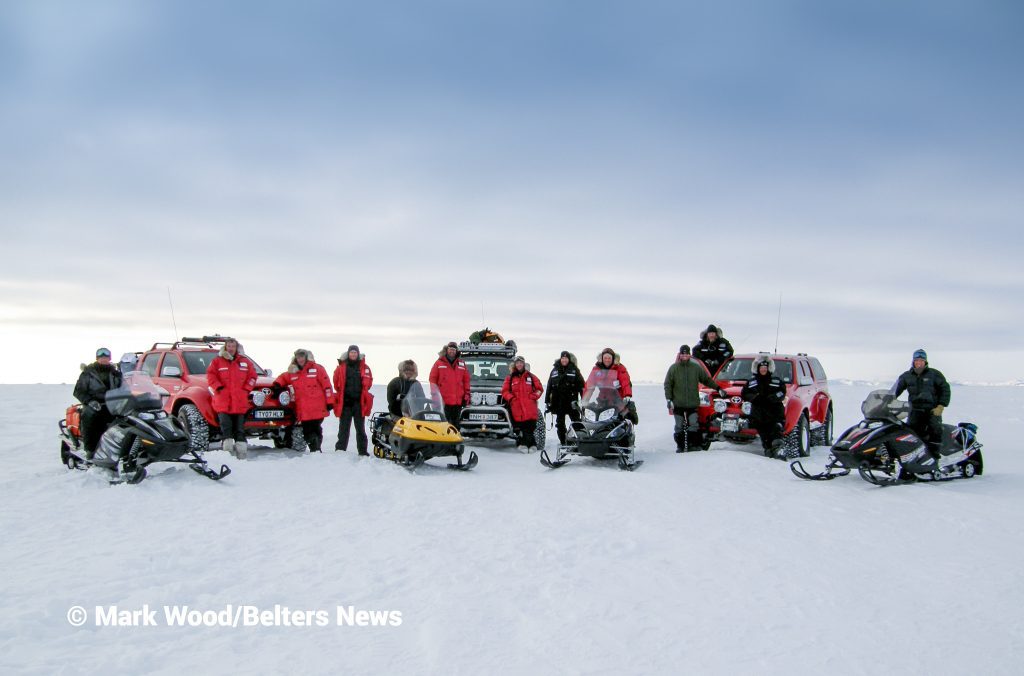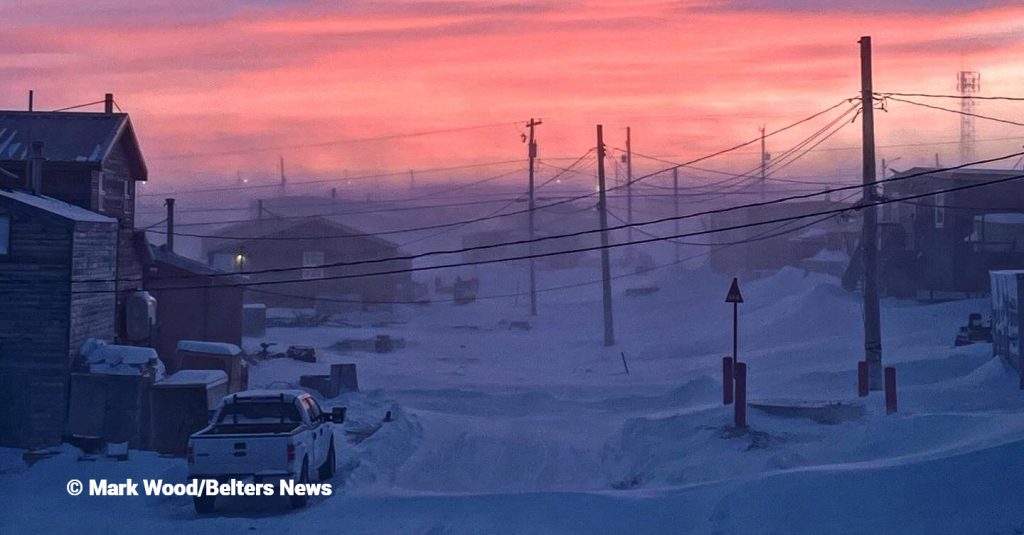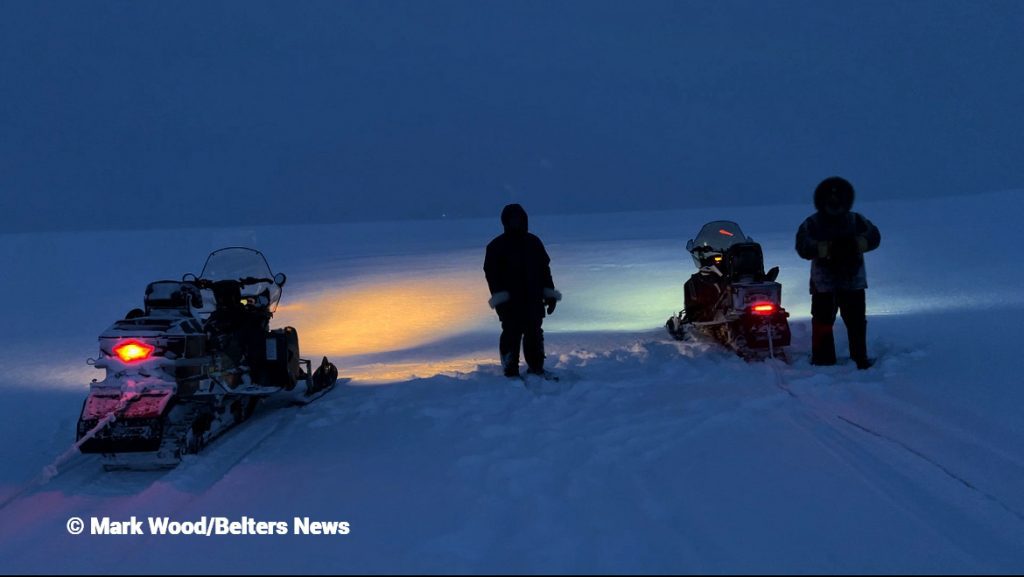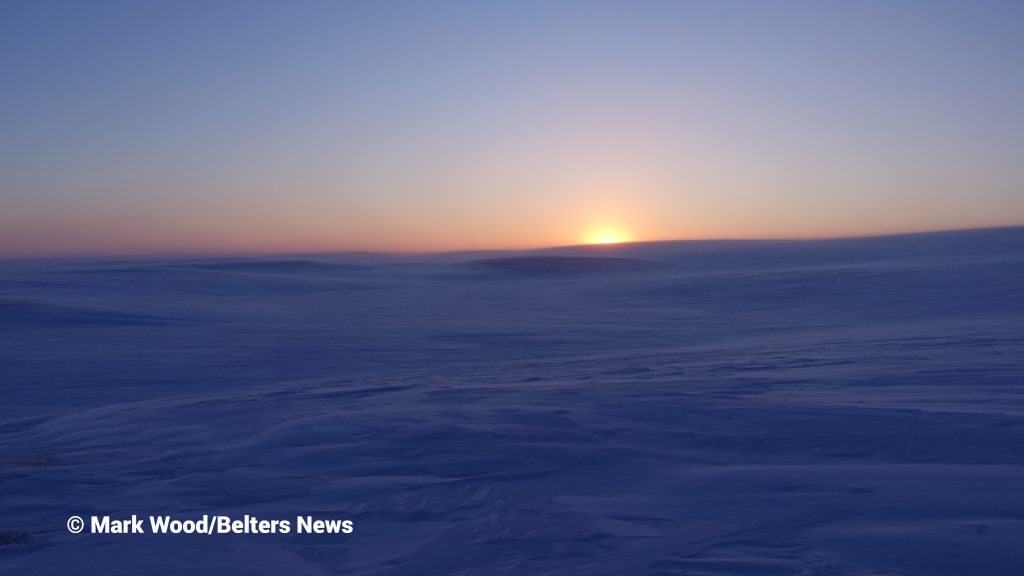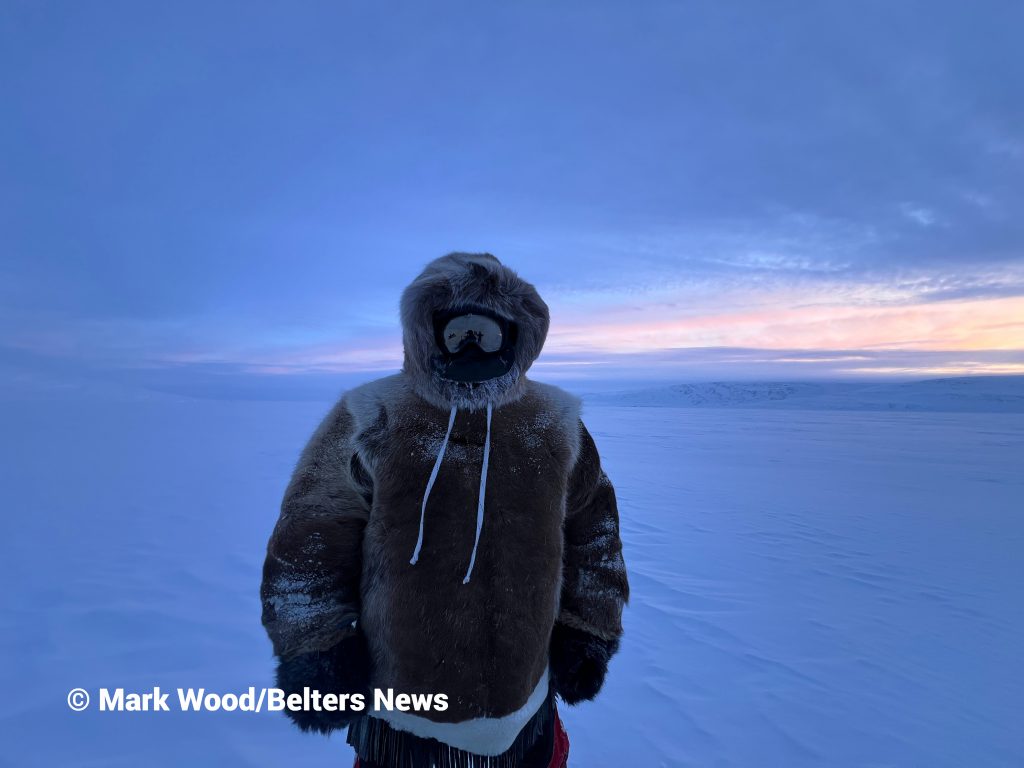Climate Change Puts BBC Top Gear Explorer’s Polar Expedition On Ice
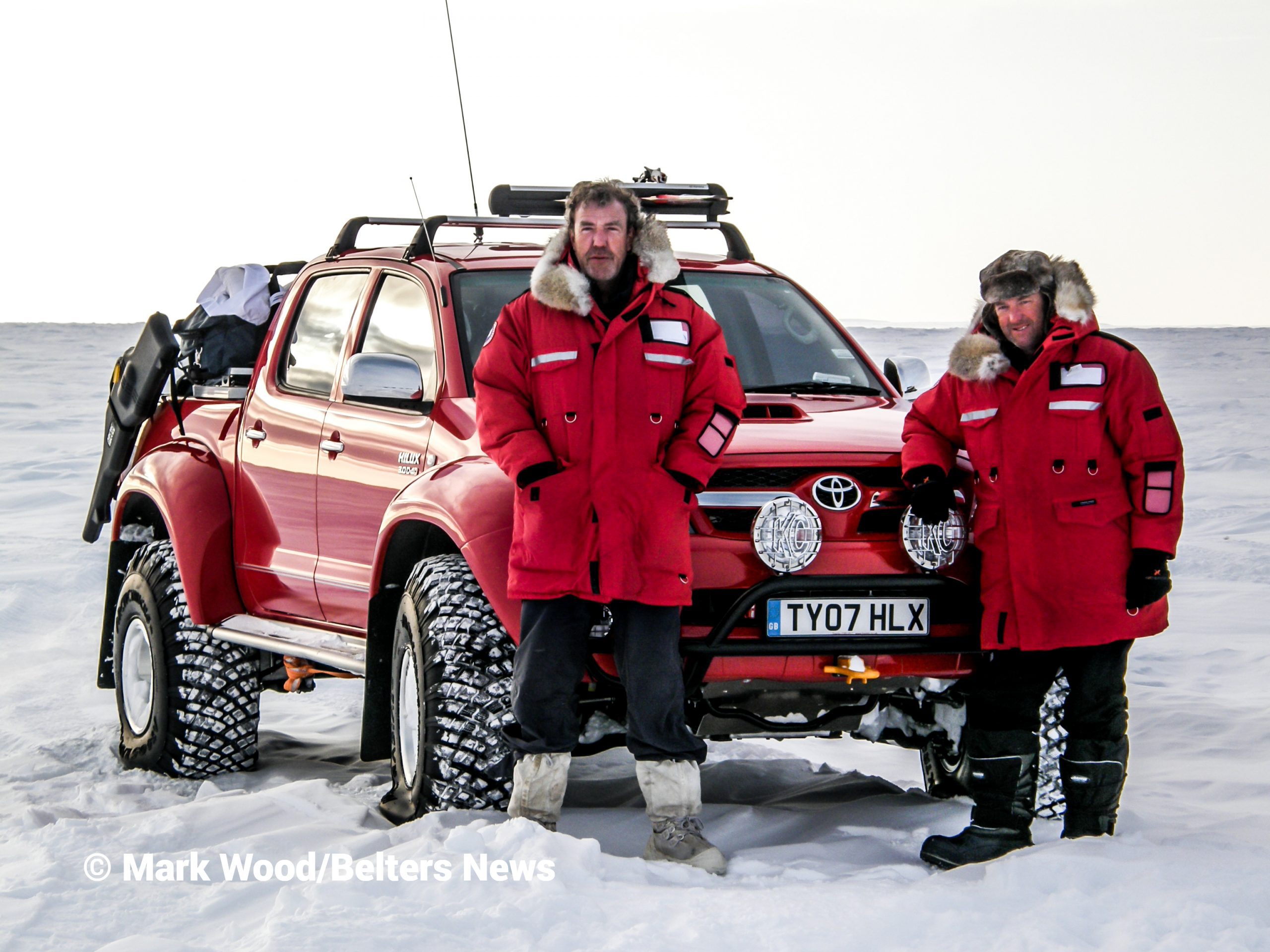
The British explorer who guided Jeremy Clarkson and James May to the North Pole was forced to cancel a scientific expedition to the same region of the Arctic because of global warming, it emerged yesterday.
Mark Wood, who accompanied the BBC for a Top Gear special, was planning a 2,000km solo trek to collect samples of ice for climate change research.
The journey was set to take place in the frozen wilds of northern Canada and follow a route taken by Clarkson, May, and co-presenter, Richard Hammond in 2007.
But after reaching the expedition’s remote starting point, Wood discovered an area of sea ice twice the size of London had “simply melted away”.
With no boat or safe way of avoiding the water Wood, who was towing two 92kg sledges, had no option but to cancel the expedition and return to the UK.
The trip, which had taken more than five years to plan, hoped to provide scientists with reliable, first-hand data about the long-term effects of greenhouse gases on the polar ice cap.
Researchers from the Centre for Earth Observation Science at the University of Manitoba, Canada, were planning to study the samples he brought home to determine the extent of sea ice deterioration in the Canadian High Arctic and how to protect it.

Writing in The European magazine Wood, who has competed 14 expeditions in the Arctic in a professional career of more than 20 years, including solo crossings to both the Geographic North and South Poles, said: “There is a bitter irony to what took place.
“I set off to measure the effects of global warming on the speed of sea ice deterioration only to find that a huge area of that ice was no longer there.
“I’ve been a professional explorer for two decades, and I’ve never seen anything like it in all that time.”
Wood’s ‘Expedition SOLO 100’ mission was set to cover a 2,000km route from Polar Bear Pass on Bathurst Island to a resupply drop in Isachsen on the Sverdrup Islands.
The region, which is on the fringe of the Northwest Passage, is home to just 500 people and 25,000 roaming polar bears.
He would then head 450 miles further north to a second resupply at Eureka on Ellesmere Island, before heading south along the northwest passage to Resolute Bay on Cornwallis Island.
Towing two sledges packed with science equipment and survival kit, he hoped to collect ice samples for polar research, and test advanced battery technology and a new wind turbine for the University of Warwick.
The circular route had never been attempted before, meaning that the ice samples he hoped to collect on the way would be pure and free of any human confirmation.
Wood was also carrying video and audio equipment for a daily radio show and podcast – the first of its kind from the arctic – to educate pupils at schools in schools worldwide.
His programs, which focus on climate change and are run in conjunction with the University of Warwick, have reached 1.2 million students worldwide.
But five years of planning “went to sh*t” at Polar Bear Pass.
Satellite imagery taken a few weeks earlier showed a solid expanse of black sea ice over which Wood would ski on the first leg of the journey.
In the space of less than a month, around 1,200 square miles of sea ice – which he had planned to take samples of – had melted away.
Wood, who had travelled 150 miles to the start point by snowmobile, said: “What I saw with my naked eye when I arrived there changed everything.
“The black expanse of solid sea ice over which I planned to ski was now open water. An area of broken ice size stretching up to sixty miles North and an estimated 10 to 20 miles East to West, which in places is usually a few feet thick, had melted to open water in just a few weeks.”
Wood’s only chance of reaching his first resupply without a boat was to cross a vast area of ice rubble to the west.
He had previously been part of the guiding team that led Jeremy Clarkson, James May, and a BBC film crew through that rubble for a Top Gear episode to the Magnetic North Pole in 2007, and said the chances of making it through solo and unsupported were slim.
“Navigating through the rubble was a non-starter. Ice rubble requires extremely dangerous, torturous trekking where a man towing sledges could be passed by a wandering tortoise, if it could survive in the -40C cold,” Wood, who has led more than 30 major expeditions in the Arctic Circle, Antarctica, and the Himalayas, while also supporting film crews for documentaries, said.
“Proceeding through the ice rubble was possible but would likely take twice as long and. I would run out of supplies or require emergency evacuation before I even came close to making it.
“As a professional, I have a responsibility to the rescue teams that would potentially come to collect me if I fall through the ice or get stuck in a field of rubble. In this modern era of exploration, we have a duty to care towards our rescue teams when planning major expeditions of this ilk. There is little room for bravado and scant space for ego.”
Wood, who is also a seasoned mountain guide in the Himalayas, had no option but to cancel the expedition, which took place in March this year, and return home.
He added: If I had continued and tried to find a way through the open water, the chances of reaching my first resupply were very slim.
“So I had a choice: progress into a potentially life-threatening scenario that would require a rescue or turn back.
He has since split the research mission into three new parts, with the first – a six-week crossing of Greenland – set to take place next year.
The second, in November 2025, will involve a four-man team skiing across Antarctica to the South Geographic Pole.
And the third, in early 2026, will see him return to a different area near Resolute Bay.
He will collect ice samples, deliver the podcast and radio show, and undertake other scientific experiments on all three.
Wood, a Fellow of the Royal Geographical Society and The Explorers Club who has previously cycled across New Zealand, Oman and the US, and trekked across Iceland, said: “The reason for coming out here was to determine the rate of ice deterioration.
“I had to turn back because the ice deteriorated.
“I was out there to measure the speed of deterioration of Arctic ice, and it was this very deterioration that prevented me from completing that task.”
Wood, who is from Coventry, added: “There was a message here, a single reason that in global terms is significant to the whole human race. It really is that dramatic. The ice is disappearing, and we all have a stake.”
